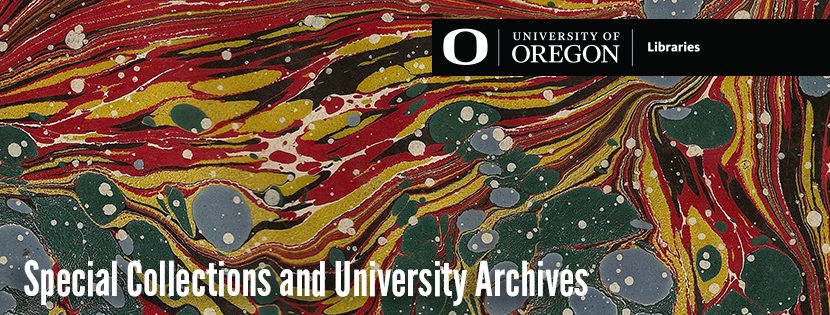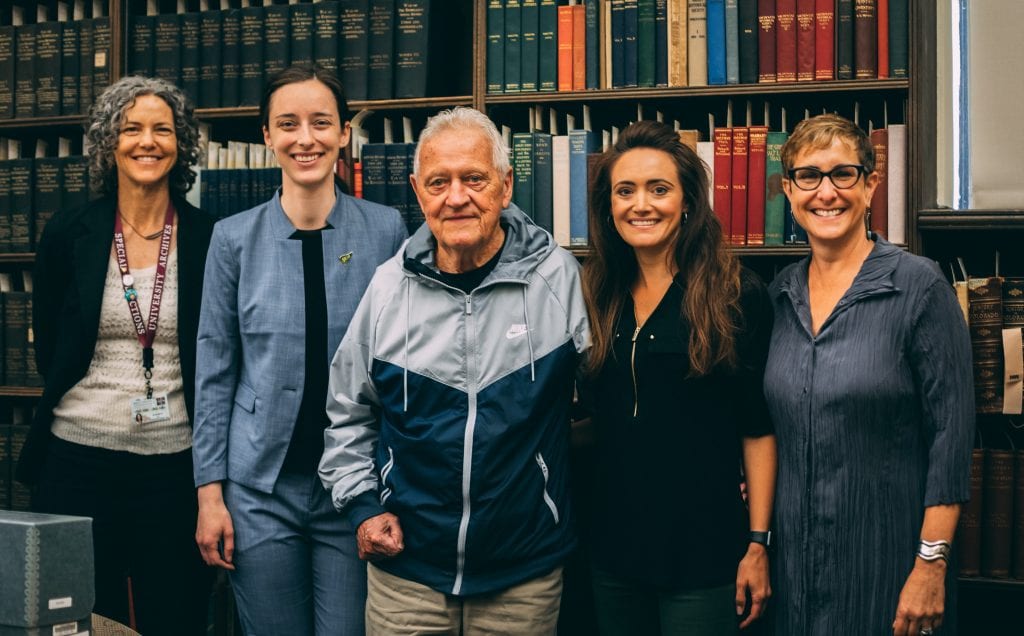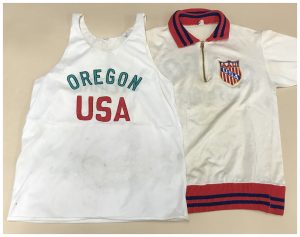1924 Olympic Regional Tryouts Held at Hayward Field
Only 3 years after the first track meet held at Hayward Field in 1921, Bill Hayward touted the new track as “the fastest one on the coast.” In his November 1923 letter to A.A.U. (Amateur Athletic Union) Secretary-Treasurer Frederick W. Rubien, Hayward proposed the University of Oregon host the Far West Olympic tryouts for track and field. Prior to the modern Olympic Trials format, winners of regional Olympic tryouts advanced to a final tryout for the chance to represent the United States. In January 1924, the Old Oregon reported Hayward received and accepted an invitation from the A.A.U. to coach the USA track and field team.
Bill Hayward’s letter to the A.A.U.:



Preparations and upgrades to the track were approved by the UO Board of Regents:
“Completion of the straight-a-way track on Hayward Field, to make it 220 yards in length, was also recommended by the committee and will no doubt be accepted by the regents this afternoon. This assures the Pacific coast Olympic team tryouts here May 30-31 in conjunction with the Pacific coast intercollegiate track meet. All the sprints and hurdle events, with the exception of the 440-yard dash, will be held on this stretch of cinderpath, says Jack Benefiel, graduate manager. The straight-a-way starts at the north end of the east bleachers and runs south to the baseball field abutting Hayward field.”
The Eugene Guard, March 8, 1924.
In April, A.A.U. officials confirmed Hayward Field as the site for the western regional tryouts. Preliminaries were held on May 30th and finals took place on May 31st. The national tryouts were held 15 days later in Cambridge, Massachusetts.

In his letter, Hayward mentions Ralph Spearow, as a UO athlete with the potential to make the Olympic team. Spearow broke the intercollegiate record with a jump of 13 feet, 2.95 inches in a dual meet with UW, and a few weeks later qualified for the Olympic team. He competed in Paris and finished in 6th place.

– Lauren Goss, Public Services Librarian








